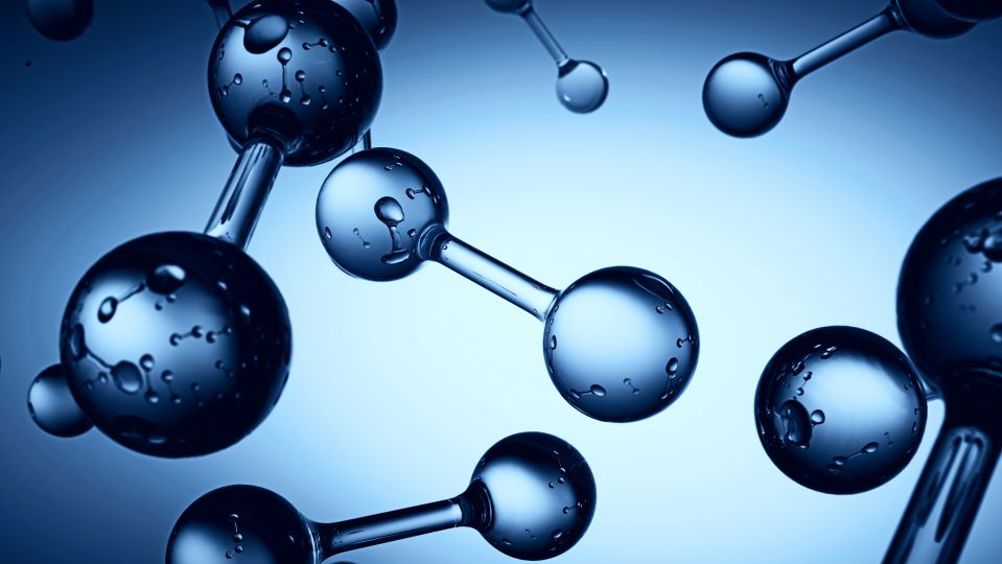Catalyst for hydrogen from ammonia gets more active over time
The production of green hydrogen from ammonia could get a boost from a catalyst that becomes more active over time.

This is the claim of a research team from Nottingham University's School of Chemistry that has developed a novel material consisting of nanosized ruthenium (Ru) clusters attached to graphitised carbon. Developed in collaboration with Birmingham and Cardiff Universities, the Ru nanoclusters react with ammonia molecules, splitting them into hydrogen and nitrogen. The team’s findings are detailed in Chemical Science.
With high volumetric energy density, ammonia is said to hold promise as a zero-carbon energy carrier, so finding fast and energy-efficient methods to crack ammonia into hydrogen (H₂) and nitrogen (N₂) on demand is essential. While catalyst deactivation is common, it is rare for a catalyst to become more active with use, so understanding the atomic-level mechanisms behind changes in the catalyst activity is critical for designing the next generation of heterogeneous catalysts.
In a statement, Dr Jesum Alves Fernandes, an Associate Professor in Nottingham’s School of Chemistry, and co-leader of the research team, said: “Traditional catalysts consist of nanoparticles, with most atoms inaccessible for reactions. Our approach starts with individual atoms that self-assemble into clusters of a desired size. Therefore, we can halt the growth of the clusters when their footprints reach 2-3nm-squared, ensuring that the majority of atoms remain on the surface and available for chemical reactions. In this work, we harnessed this approach to grow ruthenium nanoclusters from atoms directly in a carbon support.”
Register now to continue reading
Thanks for visiting The Engineer. You’ve now reached your monthly limit of news stories. Register for free to unlock unlimited access to all of our news coverage, as well as premium content including opinion, in-depth features and special reports.
Benefits of registering
-
In-depth insights and coverage of key emerging trends
-
Unrestricted access to special reports throughout the year
-
Daily technology news delivered straight to your inbox










Water Sector Talent Exodus Could Cripple The Sector
Well let´s do a little experiment. My last (10.4.25) half-yearly water/waste water bill from Severn Trent was £98.29. How much does not-for-profit Dŵr...